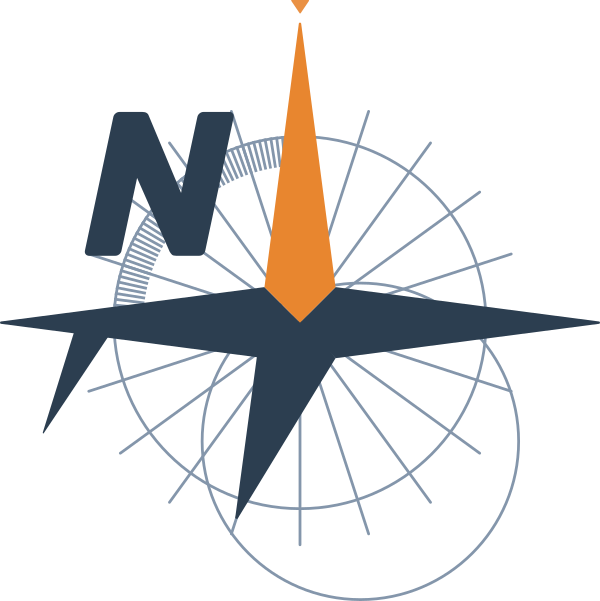Hello everyone.
Welcome to the Introduction to Offshore Wind course in Navalapp! I am very happy to begin this journey with you.
I have designed this course so that you get a comprehensive idea of the world of offshore wind. More than anything, I hope I can show you how exciting this field is.
Many technical aspects come together to design and construct wind turbines at sea so that they can operate in the harsh offshore environment and produce energy for many years. These technical aspects are based on different disciplines. As an example, in this figure, you see three domains across which an offshore wind turbine is analyzed, Aerodynamics, Structural Dynamics, and Hydrodynamics.
This course gives you an overview of all these technical aspects so that after you’ll know how turbines work and how they are designed, and you’ll be ready to deepen your knowledge in your preferred area of interest. But a lot of the skills you will acquire in this course are directly applicable to the offshore wind industry. How to analyze site conditions, select wind turbine foundations, and estimate the energy production of a wind farm.
I know there are a lot of things, so let’s briefly look at the parts in which this course is divided. It has a total of 8 parts.
First, we’ll have an introductory lesson titled “Why Offshore Wind?” The answer is not so obvious. It involves talking about how we produce electricity today, how we want to produce it in a few years, the challenges, and the role of offshore wind in tackling them.
Then, we will examine all the components of an offshore wind farm: the wind turbines, of course, the different types of foundations with their main characteristics, and all the other components that get the electricity produced in the turbine to shore so that it can be used. Think of this as offshore wind 101: understanding the basic components before diving into how they work.
After this, we’ll take a step back and see some introductory topics in fluid mechanics, a vital topic for understanding wind turbine operation. This ensures you are ready for the more specialized sections ahead. We’ll apply the knowledge straight after in the part on aerodynamics. Why do the blades rotate in the wind? How can we predict the performance and the loads on the wind turbines? These are the basic questions we will answer.
You’ll also get hands-on experience using QBlade, a user-friendly software that facilitates the design and simulation of wind turbines. You can use the free academic license of this software for personal non-commercial use in public research, while you would need a commercial license for other uses.
After all this, we will still not have talked about one of the main actors, the wind resource itself, so we will do it in part 5.
Part 6 is about the production of the wind turbine and the wind farm. Once we have studied how much wind there is at a site, how can we estimate how much energy a wind turbine at that site will produce? This part involves practical calculations.
Then, in part 7, we’ll focus on hydromechanics, understanding the load that waves and currents exert on the wind turbine foundation.
Finally, in part 8, we’ll see the effect that these loads have on the structure of the wind turbine and put everything together to understand the procedure to design offshore wind turbines. We’ll also see how Qblade can assist us in the process.
As you can see, there’s a lot to explore. If you are interested in offshore wind and haven’t yet subscribed to this course, now is the perfect time to join us.
If you have already enrolled, I look forward to seeing you in lesson one.
Arianna.

